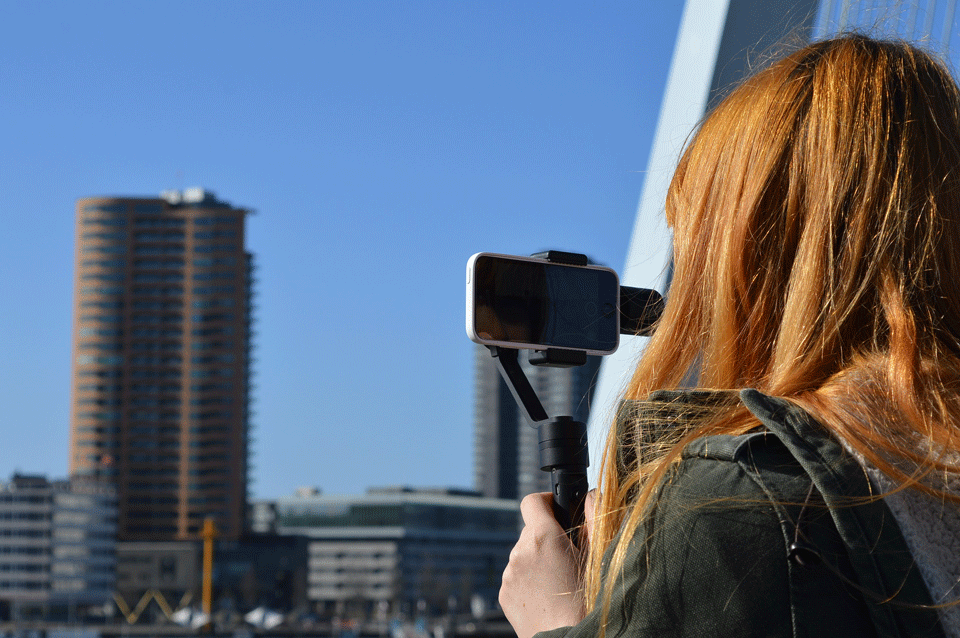From the Archive
This article by Young Reporter, Daniel Dipper was originally published in the Summer 2017 edition of the Potential Plus UK ezine Ignis
Online video sharing has never been bigger – especially on YouTube. There are videos out there from Minecraft gameplays to how to wire a plug and just about everything in between. For two years I have been making videos on my channel and here is my guide to creating your own videos.
Amateur Videos
What you need:
- A phone
- Windows Movie Maker (or equivalent free video editing software)
- Something you want to share
That is simply it! You don’t need any fancy cameras or the newest video effects tools, just something that you want to share or are passionate about and your phone. You may not even need video editing software if it’s just a clip of you drawing or watching an F1 race. As long as you enjoy making it, it could be about any subject matter. This is a short video of my lighting. https://www.youtube.com/watch?v=_g856pM2hj8.
Try to keep your videos short (YouTube is kind of helpful as it has a 15 minute video limit unless you verify your account, although I would aim for 5 minutes maximum) and try to tell your story. You don’t have to have music or big explosions every two seconds – just be yourself. It would be worth planning what you want to show/say but you don’t need to learn lines (I never do and half the time just have the script in my lap). If your video is a little dark or shaky, don’t worry as YouTube has many great in-built features which can be used to enhance colour and stability in every video.
Professional Looking Videos
What you need:
- A camcorder, with or without tripod (or very powerful camera although be careful if you are on the move – buy what you can cope with/can afford to replace)
- Professional video editing software (Corel VideoStudio or Sony Vegas equivalent)
- Some Royalty Free Music (I use all free music from sites like Incompetech or Silverman Sound Studios)
- A plan of what you want to share
From experience, a Canon digital camera for £75 is plenty powerful enough to create a good quality video. You don’t need to splash hundreds of pounds out on the newest Panasonic camcorder, just something that is preferably 720p or 1080p as a minimum (HD camera specs). Don’t also buy something that you would be extremely upset about losing – out and about without a convenient adult to carry things equals a higher risk your camera could get broken.
Also, don’t spend thousands on the newest Adobe suite if you don’t want to. Corel VideoStudio at £60 does the perfect job – I have used it for three years and have to say it is very good for everything I have needed it to do. Windows Movie Maker however doesn’t really do the job for me – every time I see a video using Windows Movie Maker, it is obvious from the very first title. It doesn’t have the timeline capabilities of software like Corel, doesn’t have any special effects that don’t look cheesy and can basically do nothing other than put two or more videos together in a clunky way.
Even though music isn’t a necessity, it makes a video so much more engaging and interesting. You don’t always have to pay for music – there are hundreds of sources of totally legal royalty free music. Make sure you read the terms and the licenses though as you are firstly damaging these people’s small business and secondly, you could be breaking the law. The most common license is Creative Commons in its many forms, generally through attribution (giving credit) for free music. You don’t need to write a novel, just copy the provided text for video descriptions or state the name of the song, who composed it, the website name and the website address. Some may insist on a link to the song and a link to the license terms but it will be made plain in the FAQs or in their terms.
If you are trying to seem more professional, plan your video properly. Perhaps create a short title sequence or have fancy transitions between video clips, however still try to aim for 15 minutes maximum (most people’s attention span). Plan each scene or each section and make sure each section has a nice transition so the video doesn’t seem sharp. You don’t need a script but do your research and try to keep your audience engaged. Showcase something you’re good at or about something you find interesting. Have fun though and don’t take it too seriously!
Make sure YouTube ignites your passion and the videos don’t bore you, then use it to share what you love. Filmmaking is a great tool that I really enjoy and is cheaper and more accessible than you think. If you have a passion, share it with others and inspire them. It’s is a great way to tell a story that may never have been told before.
Here is an example from my review show, My Angle: https://www.youtube.com/watch?v=jJtbf5kyK7s and the bloopers! https://www.youtube.com/watch?v=gLPGCJg4qfs







